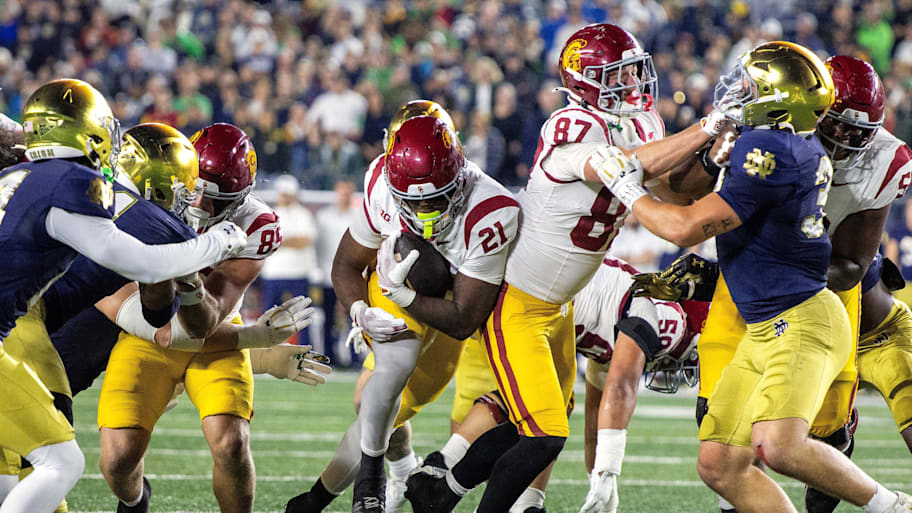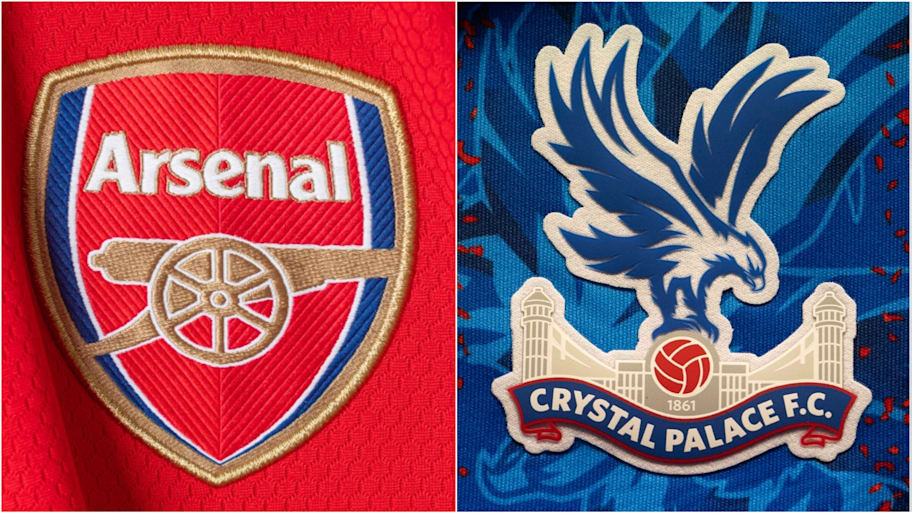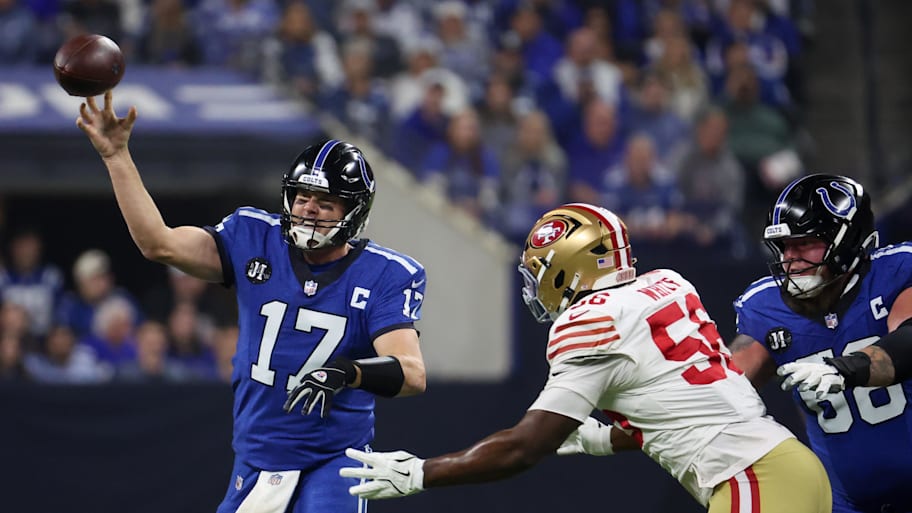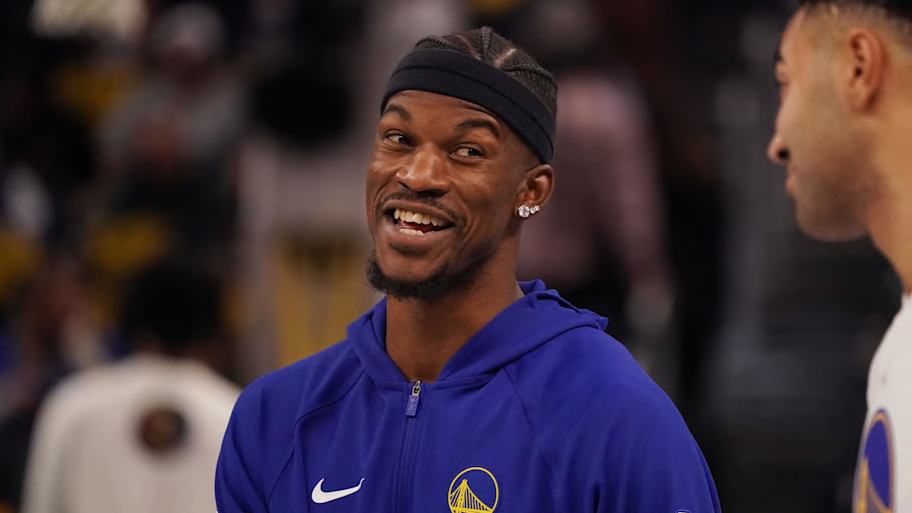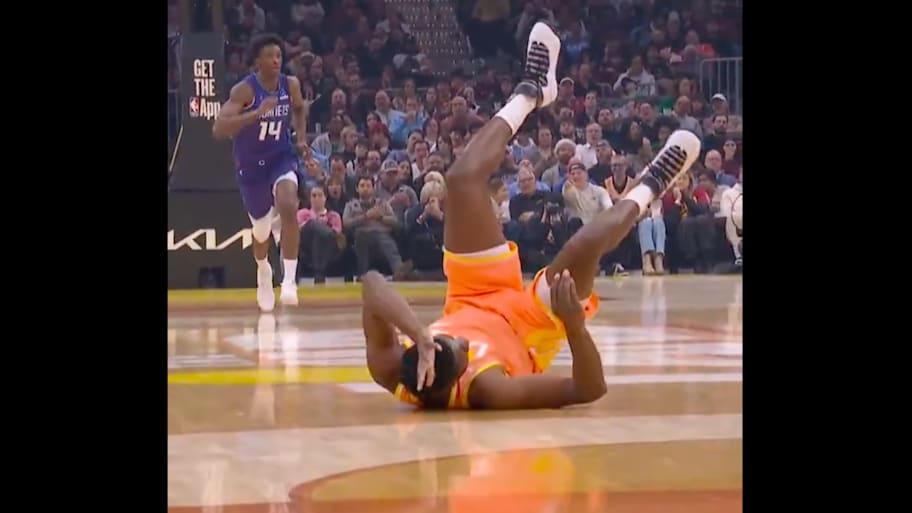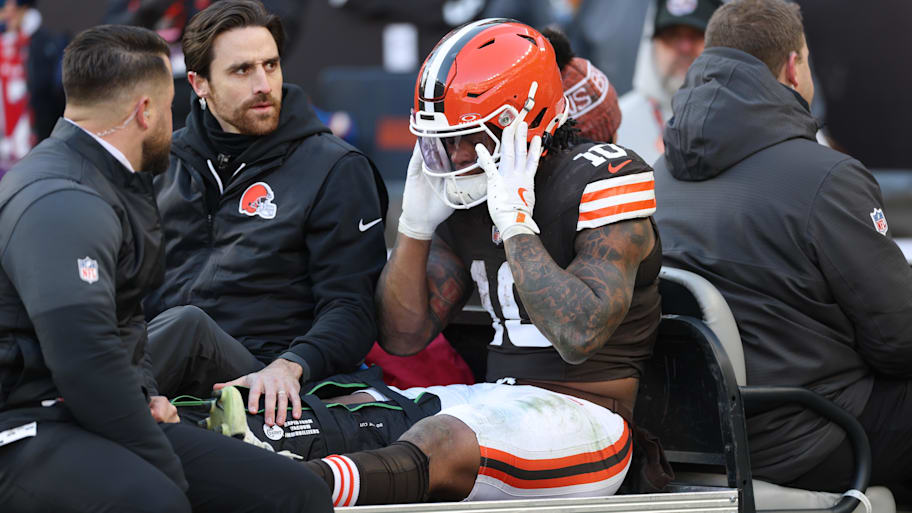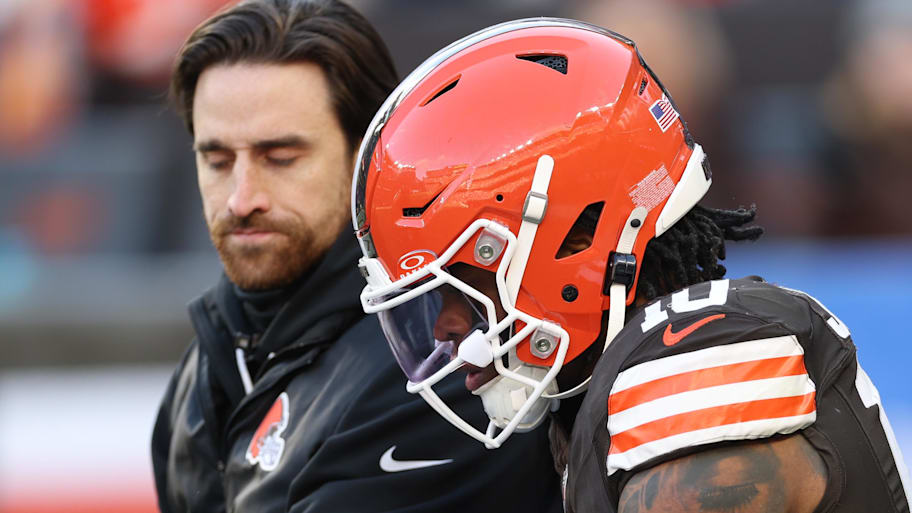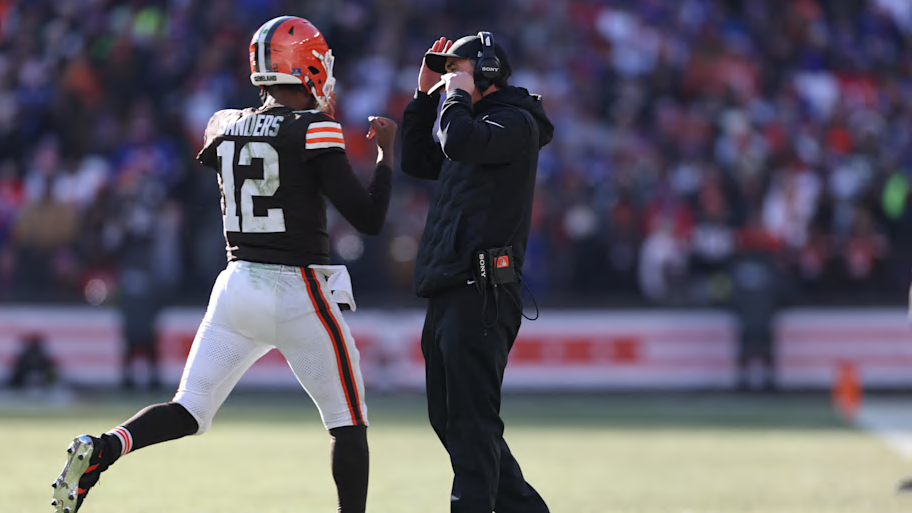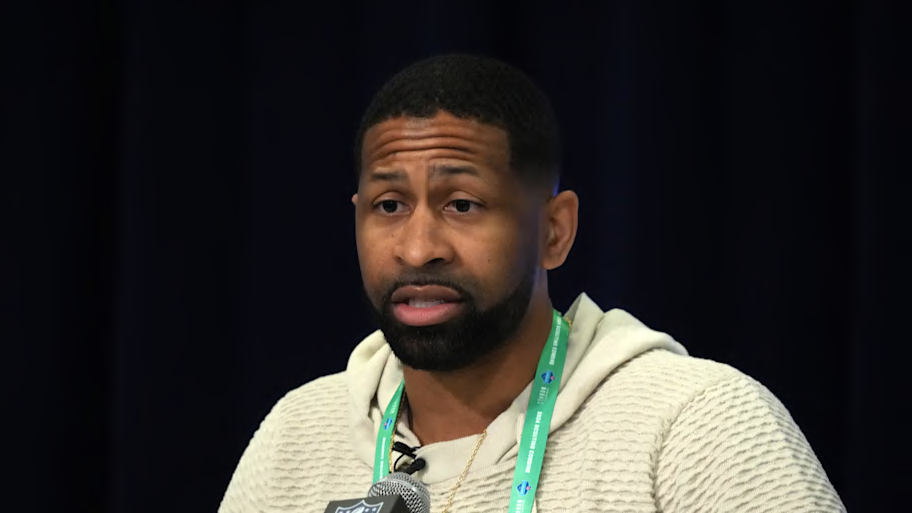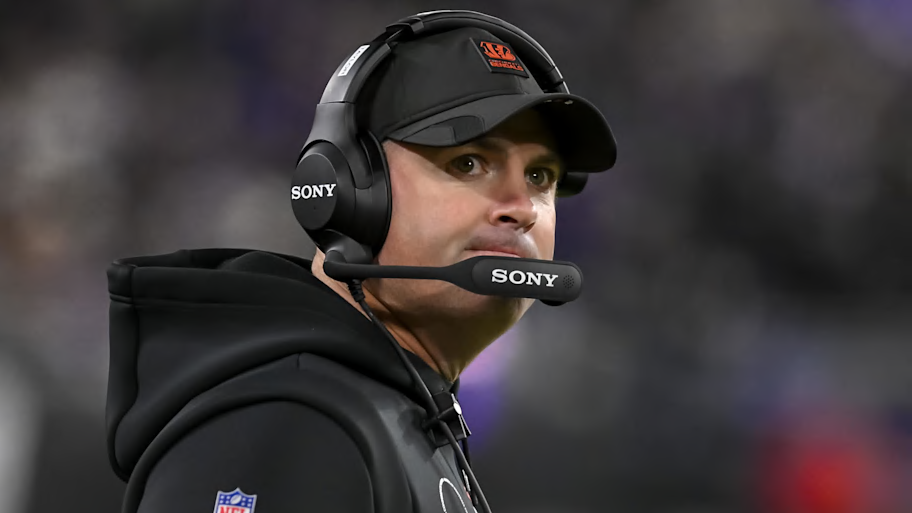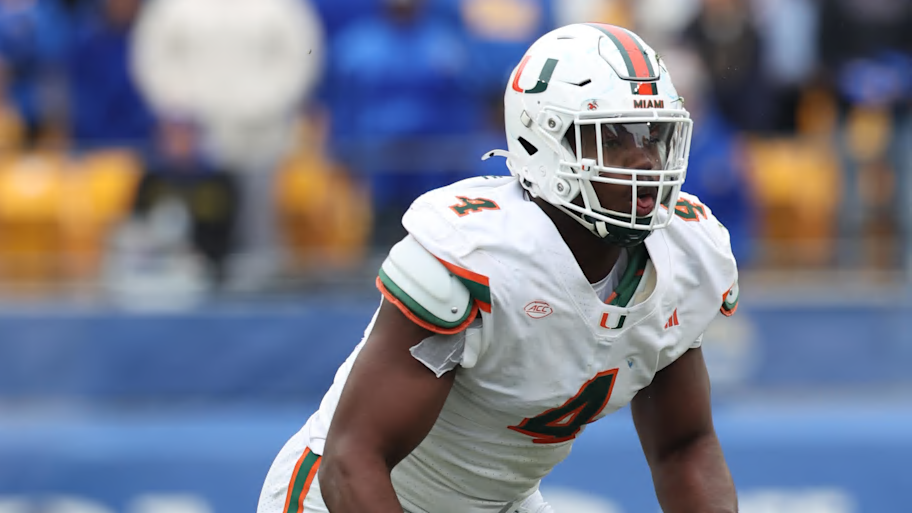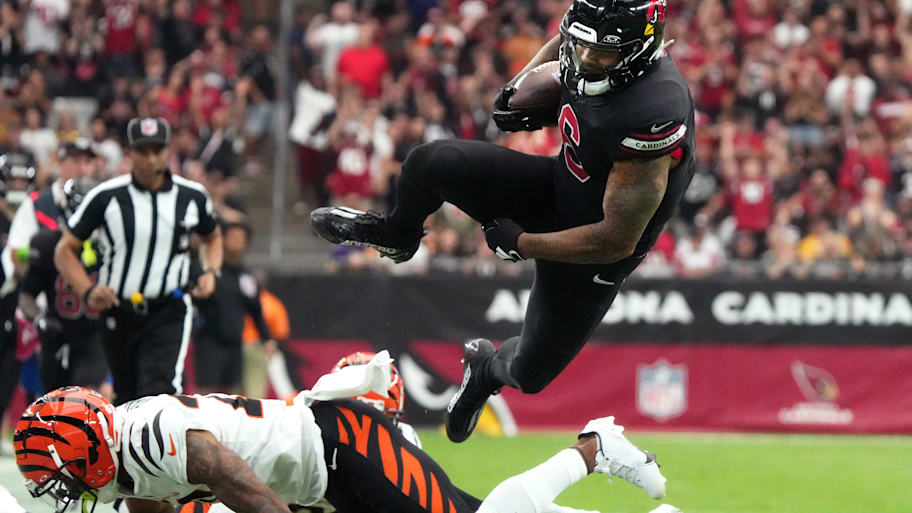COLUMBUS, Ohio (WCMH) — Gene Smith says the decision to cut scholarships for Ohio State men’s gymnastics is part of a trend happening across the country and the situation is “inevitable.”
The former Buckeyes athletics director was in Columbus over the weekend for his induction into the Ohio State athletics Hall of Fame. He weighed in on the news, previously reported by NBC4’s Whitney Harding, that the department plans to eliminate athletic scholarships for the program. Current OSU AD Ross Bjork told NBC4 sports director Joe Nugent that “no final decision has been made” and that there are many moving parts.
“We’ve been blessed to provide the highest level of support to every 36 sports that we have,” Smith said. “You’re not going to be able to do that anymore.”
Smith said slashing scholarships in Olympic sports is a decision being made nationwide from Michigan to Penn State and cited a recent example at Stanford, which recently won its tenth national championship in men’s gymnastics. In 2021, a plan to cut 11 sports was reversed after facing scrutiny and intense pressure while the programs found a way to self-fund themselves.
“They brought them back, but they didn’t bring them back with the same level of support,” Smith said. “Somewhere along the line, revenue has to grow and that will happen but expenditures have to be reduced and I don’t know how that’s going to happen but schools are talking and thinking about that now.”
Only 12 Division I schools sponsor men’s gymnastics programs, despite the United States men winning a bronze medal at last summer’s Olympics in Paris. While Ohio State is not eliminating its program, Smith says the team, and others in similar situations, will have to get creative in funding their programs.
“Find a way to make it a quality educational experience for them. Even though they’ve lost those things, they’ve got a lot of other things that they retain, whatever that is. Try and make sure they embrace that and take advantage of that,” Smith said.
Smith had been Ohio State’s athletic director since 2005, retiring this past summer to become the third-longest serving AD in school history. While he acknowledged that cuts were something he didn’t have to deal with, he knew it was going to happen eventually as college athletics entered the NIL era. Smith suggests finding alternate sources of revenue to keep programs like men’s gymnastics going.
“Let’s say there’s no scholarships from the athletic department, that doesn’t mean they’re not academically talented enough to get academic scholarships,” Smith said. “You just have to think differently. Obviously, with our student athletes, they’re academically talented.”
Sources told NBC4 they have been worried about this change for a while, because changes are coming in how money is spent in college sports. Under a model of revenue sharing, the NCAA would allow universities to set aside up to $21 million in revenue to share with athletes per year. The cap could rise as revenue does as well, but universities have also said they may have to make tough final decisions impacting other programs.
Olympic bronze medalist Stephen Nedoroscik said in a social media post that the move is “another step backwards.”
“With the success of current and former NCAA gymnasts at the Olympics, you’d think NCAA programs would be excited for the upcoming season, Nedoroscik said. “Not stripping away opportunities.”



